Grow dill indoors? Absolutely! Imagine having fresh, fragrant dill readily available, even when the snow is falling outside. No more sad, wilted grocery store herbs – just vibrant, flavorful dill at your fingertips. For centuries, dill has been cherished not only for its culinary uses but also for its medicinal properties. Ancient Egyptians used it for soothing digestion, and Roman gladiators believed it brought good luck.
But let’s be honest, sometimes life gets in the way, and tending an outdoor garden isn’t always feasible. That’s where the magic of indoor gardening comes in! I’m here to share some simple, effective DIY tricks and hacks that will empower you to grow dill indoors successfully, regardless of your experience level. Whether you’re a seasoned gardener or a complete newbie, these tips will help you create a thriving indoor herb garden.
Think of the possibilities: fresh dill sprinkled on your salmon, added to your creamy dips, or infused into homemade pickles. This guide will provide you with the knowledge and confidence to cultivate your own little patch of green, bringing the joy of fresh herbs into your home year-round. Let’s get started!
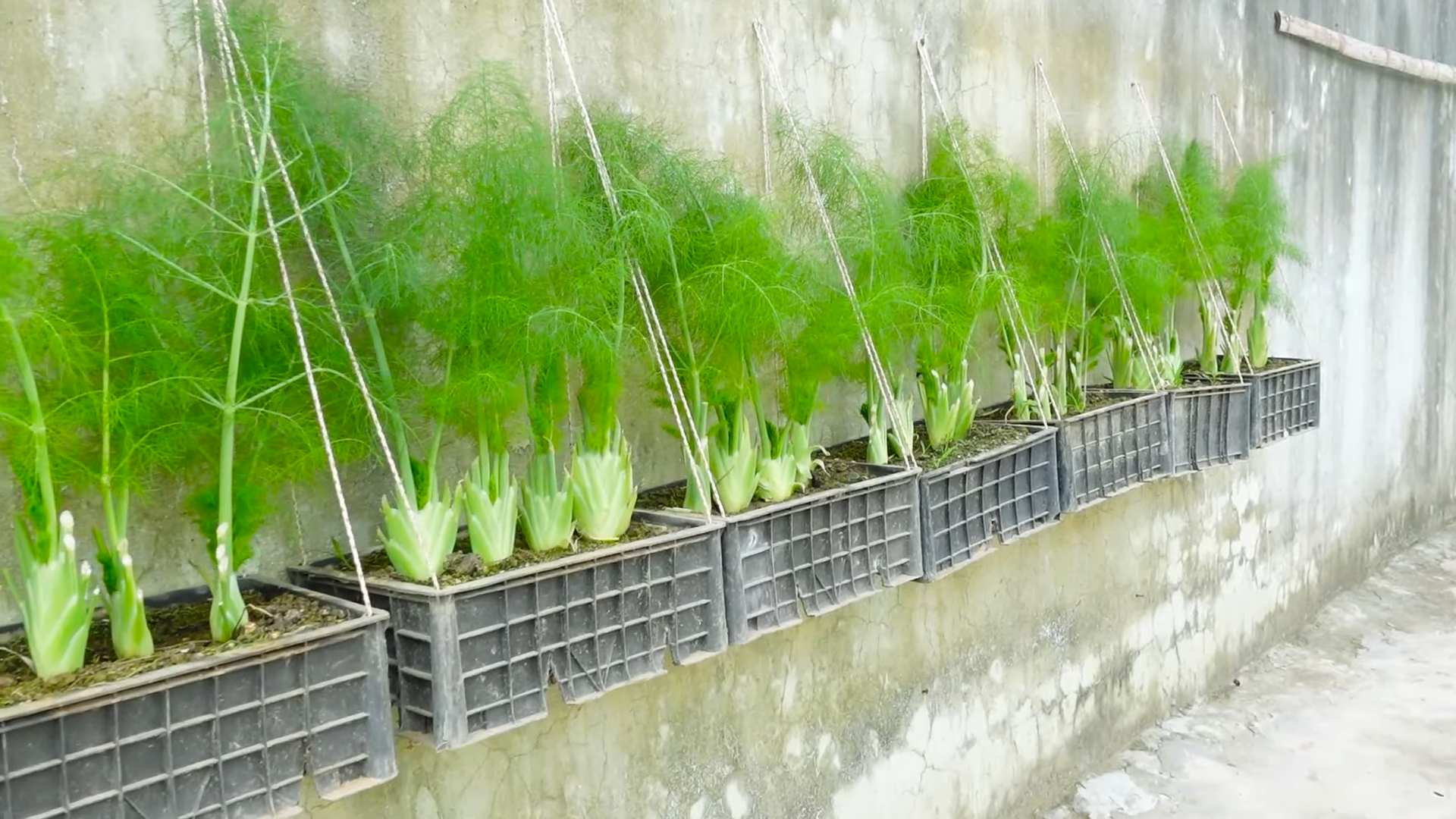
Growing Dill Indoors: A Beginner’s Guide
Hey there, fellow plant enthusiasts! Ever dreamt of having fresh, fragrant dill right at your fingertips, even when the weather outside is frightful? Well, dream no more! Growing dill indoors is totally achievable, and I’m here to walk you through every step of the process. Trust me, there’s nothing quite like snipping off a few sprigs of homegrown dill to add a burst of flavor to your favorite dishes. Let’s get started!
What You’ll Need
Before we dive into the nitty-gritty, let’s gather our supplies. Here’s a checklist of everything you’ll need to successfully grow dill indoors:
* Dill Seeds: Choose a variety specifically suited for container gardening, if possible. ‘Fernleaf’ is a popular choice.
* Potting Mix: Opt for a well-draining potting mix. Avoid using garden soil, as it can compact and hinder drainage.
* Container: Select a pot that’s at least 6-8 inches deep and wide. Dill has a taproot, so it needs room to grow. Make sure your pot has drainage holes!
* Grow Lights (Optional but Recommended): Dill needs plenty of light, so if you don’t have a sunny windowsill, grow lights are a must.
* Watering Can or Spray Bottle: For gentle watering.
* Small Shovel or Trowel: For planting seeds.
* Fertilizer (Optional): A balanced liquid fertilizer can give your dill a boost.
* Plant Markers: To label your dill (especially helpful if you’re growing other herbs too!).
Planting Your Dill Seeds
Okay, now for the fun part – planting! This is where the magic begins.
1. Prepare Your Pot: Fill your chosen container with the well-draining potting mix, leaving about an inch of space at the top. Gently pat down the soil to create a firm, even surface.
2. Sow the Seeds: Dill seeds are relatively small, so sprinkle them evenly over the surface of the soil. I usually aim for about 5-7 seeds per pot. Don’t worry about overcrowding too much; you can always thin them out later.
3. Cover the Seeds: Lightly cover the seeds with a thin layer of potting mix, about ¼ inch deep. Dill seeds need light to germinate, so don’t bury them too deeply.
4. Water Gently: Use a watering can or spray bottle to gently moisten the soil. Be careful not to dislodge the seeds. The goal is to keep the soil consistently moist but not waterlogged.
5. Provide Light and Warmth: Place your pot in a warm location with plenty of light. A sunny windowsill that receives at least 6 hours of direct sunlight per day is ideal. If you don’t have enough natural light, use grow lights. Keep the lights on for about 12-14 hours per day.
6. Be Patient: Dill seeds typically germinate within 7-14 days. Keep the soil consistently moist during this time. You can cover the pot with plastic wrap to create a humid environment, but be sure to remove it once the seedlings emerge to prevent fungal growth.
Caring for Your Indoor Dill
Once your dill seedlings have sprouted, it’s time to provide them with the care they need to thrive.
1. Thinning (If Necessary): If you have too many seedlings growing close together, thin them out by snipping off the weaker ones at the soil line. This will give the remaining plants more room to grow and prevent overcrowding. Aim for about 2-3 inches of space between plants.
2. Watering: Dill prefers consistently moist soil, but it doesn’t like to be waterlogged. Water your dill whenever the top inch of soil feels dry to the touch. Be sure to water deeply, allowing the water to drain out of the drainage holes. Avoid getting the foliage wet, as this can lead to fungal diseases.
3. Light: As mentioned earlier, dill needs plenty of light. If you’re using grow lights, position them about 6-12 inches above the plants. Rotate the pot regularly to ensure that all sides of the plant receive equal light exposure.
4. Fertilizing (Optional): If you want to give your dill a boost, you can fertilize it every 2-4 weeks with a balanced liquid fertilizer diluted to half strength. Follow the instructions on the fertilizer label.
5. Pinching: Pinching back the tips of the dill plants encourages bushier growth. Simply snip off the top few leaves with your fingers or scissors. This will also delay flowering, which can make the leaves taste bitte
Hey there, fellow plant enthusiasts! Ever dreamt of having fresh, fragrant dill right at your fingertips, even when the weather outside is frightful? Well, dream no more! Growing dill indoors is totally achievable, and I’m here to walk you through every step of the process. Trust me, there’s nothing quite like snipping off a few sprigs of homegrown dill to add a burst of flavor to your favorite dishes. Let’s get started!
What You’ll Need
Before we dive into the nitty-gritty, let’s gather our supplies. Here’s a checklist of everything you’ll need to successfully grow dill indoors:
* Dill Seeds: Choose a variety specifically suited for container gardening, if possible. ‘Fernleaf’ is a popular choice.
* Potting Mix: Opt for a well-draining potting mix. Avoid using garden soil, as it can compact and hinder drainage.
* Container: Select a pot that’s at least 6-8 inches deep and wide. Dill has a taproot, so it needs room to grow. Make sure your pot has drainage holes!
* Grow Lights (Optional but Recommended): Dill needs plenty of light, so if you don’t have a sunny windowsill, grow lights are a must.
* Watering Can or Spray Bottle: For gentle watering.
* Small Shovel or Trowel: For planting seeds.
* Fertilizer (Optional): A balanced liquid fertilizer can give your dill a boost.
* Plant Markers: To label your dill (especially helpful if you’re growing other herbs too!).
Planting Your Dill Seeds
Okay, now for the fun part – planting! This is where the magic begins.
1. Prepare Your Pot: Fill your chosen container with the well-draining potting mix, leaving about an inch of space at the top. Gently pat down the soil to create a firm, even surface.
2. Sow the Seeds: Dill seeds are relatively small, so sprinkle them evenly over the surface of the soil. I usually aim for about 5-7 seeds per pot. Don’t worry about overcrowding too much; you can always thin them out later.
3. Cover the Seeds: Lightly cover the seeds with a thin layer of potting mix, about ¼ inch deep. Dill seeds need light to germinate, so don’t bury them too deeply.
4. Water Gently: Use a watering can or spray bottle to gently moisten the soil. Be careful not to dislodge the seeds. The goal is to keep the soil consistently moist but not waterlogged.
5. Provide Light and Warmth: Place your pot in a warm location with plenty of light. A sunny windowsill that receives at least 6 hours of direct sunlight per day is ideal. If you don’t have enough natural light, use grow lights. Keep the lights on for about 12-14 hours per day.
6. Be Patient: Dill seeds typically germinate within 7-14 days. Keep the soil consistently moist during this time. You can cover the pot with plastic wrap to create a humid environment, but be sure to remove it once the seedlings emerge to prevent fungal growth.
Caring for Your Indoor Dill
Once your dill seedlings have sprouted, it’s time to provide them with the care they need to thrive.
1. Thinning (If Necessary): If you have too many seedlings growing close together, thin them out by snipping off the weaker ones at the soil line. This will give the remaining plants more room to grow and prevent overcrowding. Aim for about 2-3 inches of space between plants.
2. Watering: Dill prefers consistently moist soil, but it doesn’t like to be waterlogged. Water your dill whenever the top inch of soil feels dry to the touch. Be sure to water deeply, allowing the water to drain out of the drainage holes. Avoid getting the foliage wet, as this can lead to fungal diseases.
3. Light: As mentioned earlier, dill needs plenty of light. If you’re using grow lights, position them about 6-12 inches above the plants. Rotate the pot regularly to ensure that all sides of the plant receive equal light exposure.
4. Fertilizing (Optional): If you want to give your dill a boost, you can fertilize it every 2-4 weeks with a balanced liquid fertilizer diluted to half strength. Follow the instructions on the fertilizer label.
5. Pinching: Pinching back the tips of the dill plants encourages bushier growth. Simply snip off the top few leaves with your fingers or scissors. This will also delay flowering, which can make the leaves taste bitter.
6. Air Circulation: Good air circulation is important for preventing fungal diseases. Make sure your dill plants have plenty of space around them, and avoid placing them in overly humid environments. You can also use a small fan to improve air circulation.
Harvesting Your Dill
The best part of growing dill indoors is, of course, harvesting it! You can start harvesting dill leaves as soon as the plants are about 6-8 inches tall.
1. Harvesting Leaves: To harvest dill leaves, simply snip them off with scissors or your fingers. Start with the outer leaves and work your way inwards. You can harvest as much or as little as you need.
2. Harvesting Seeds: If you want to harvest dill seeds, allow the plants to flower. Once the flowers have dried and turned brown, you can collect the seeds. Simply cut off the seed heads and place them in a paper bag. Allow them to dry completely before storing the seeds in an airtight container.
3. Succession Planting: To ensure a continuous supply of fresh dill, consider succession planting. Sow new seeds every 2-3 weeks. This will give you a steady stream of dill throughout the growing season.
Troubleshooting
Even with the best care, you might encounter a few challenges when growing dill indoors. Here are some common problems and how to address them:
* Yellowing Leaves: Yellowing leaves can be a sign of overwatering, underwatering, or nutrient deficiency. Check the soil moisture and adjust your watering accordingly. If the soil is consistently moist, you may be overwatering. If the soil is dry, you may be underwatering. If you suspect a nutrient deficiency, try fertilizing with a balanced liquid fertilizer.
* Leggy Growth: Leggy growth, characterized by long, spindly stems and few leaves, is usually a sign of insufficient light. Move your dill plants to a sunnier location or provide them with grow lights.
* Pests: Dill can be susceptible to pests such as aphids and spider mites. Inspect your plants regularly for signs of infestation. If you find pests, try spraying them with insecticidal soap or neem oil.
* Fungal Diseases: Fungal diseases, such as powdery mildew, can occur in humid environments with poor air circulation. To prevent fungal diseases, ensure good air circulation and avoid getting the foliage wet when watering. If you notice signs of fungal disease, try spraying the plants with a fungicide.
Choosing the Right Dill Variety
While most dill varieties will grow indoors, some are better suited for container gardening than others. Here are a few popular choices:
* Fernleaf Dill: This compact variety is ideal for growing in pots. It has a bushy growth habit and produces flavorful leaves.
* Dukat Dill: This variety is known for its strong aroma and flavor. It’s also relatively compact, making it a good choice for indoor growing.
* Bouquet Dill: This variety is a good all-around choice for both leaves and seeds. It’s relatively easy to grow and produces abundant harvests.
Tips for Success
Here are a few extra tips to help you succeed in growing dill indoors:
* Use a well-draining potting mix: This is crucial for preventing root rot.
* Provide plenty of light: Dill needs at least 6 hours of direct sunlight per day, or 12-14 hours of grow light.
* Water regularly: Keep the soil consistently moist, but avoid overwatering.
* Pinch back the tips: This encourages bushier growth and delays flowering.
* Harvest regularly: This encourages new growth and prevents the plants from becoming leggy.
* Rotate the pot regularly: This ensures that all sides of the plant receive equal light exposure.
* Be patient: Dill can take a few weeks to germinate and grow, so don’t get discouraged if you don’t see results immediately.
Growing dill indoors is a rewarding experience that allows you to enjoy fresh, flavorful herbs year-round. With a little bit of care and attention, you can have a thriving dill plant right in your own home. Happy gardening!
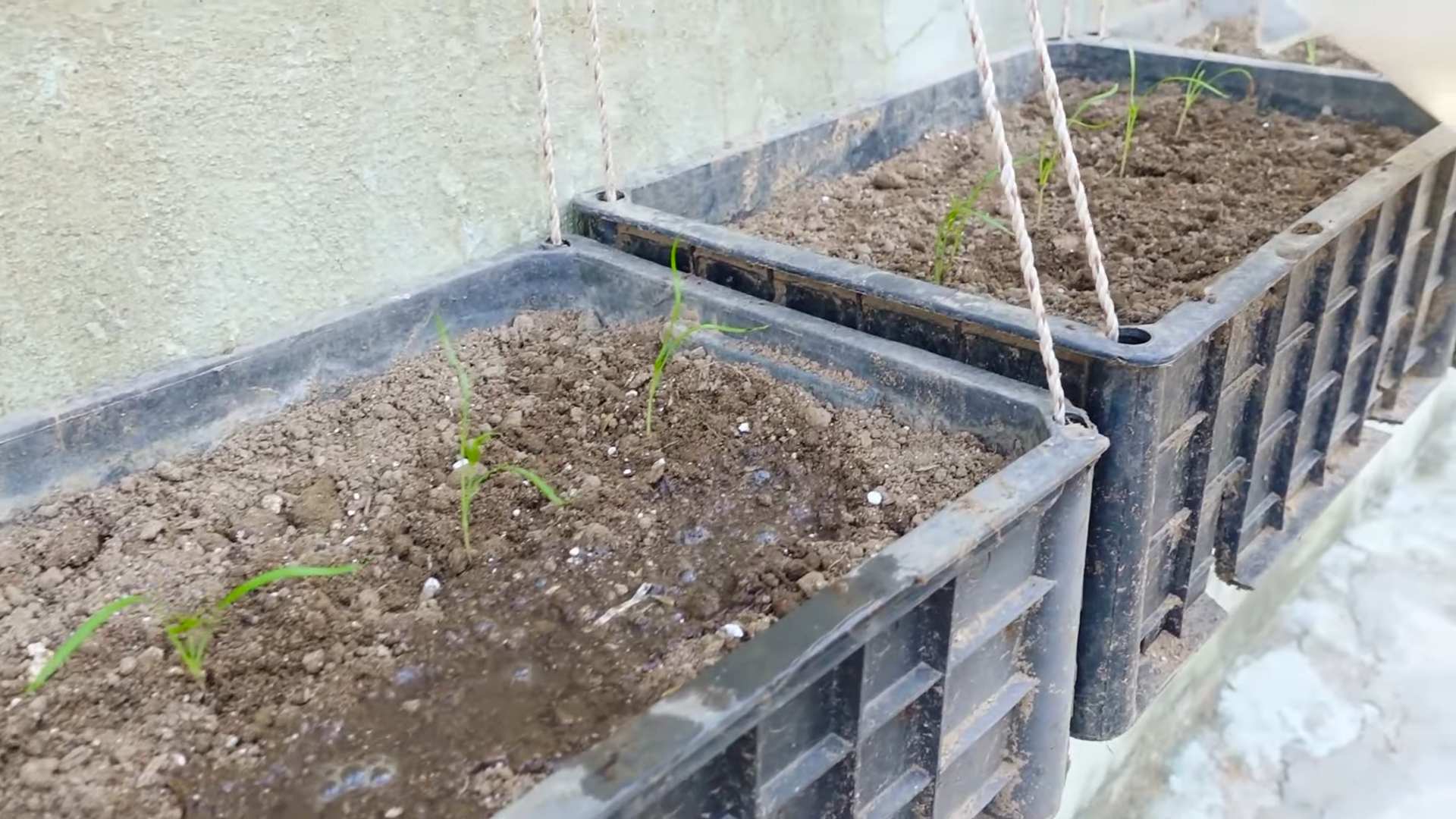
Conclusion
So, there you have it! Growing dill indoors is not only achievable but also incredibly rewarding. Imagine having fresh, fragrant dill readily available, no matter the season, to elevate your culinary creations. Forget those sad, wilted bunches from the grocery store – with a little effort, you can cultivate your own thriving dill patch right on your windowsill.
This DIY trick is a must-try for several compelling reasons. First and foremost, it grants you access to superior flavor. Homegrown dill boasts a vibrancy and intensity that commercially grown varieties often lack. The difference is truly noticeable, transforming everything from your favorite dips and sauces to simple salads and fish dishes. Secondly, it’s a sustainable and cost-effective solution. You’ll reduce your reliance on store-bought herbs, saving money and minimizing your environmental impact. Finally, it’s a deeply satisfying experience. Nurturing a plant from seed to harvest provides a sense of accomplishment and connection to nature, even within the confines of your home.
But the beauty of growing dill indoors lies in its adaptability. Feel free to experiment with different varieties of dill to discover your personal favorite. ‘Bouquet’ dill is a popular choice for its abundant foliage, while ‘Dukat’ dill offers a more compact growth habit, ideal for smaller spaces. You can also play around with different containers, from charming terracotta pots to sleek, modern planters, to complement your home décor. Consider companion planting your dill with other herbs like parsley or chives in a larger container for a miniature indoor herb garden. Just be mindful of their individual light and watering requirements.
Don’t be afraid to get creative with your dill harvest, too! Beyond the usual culinary applications, try infusing olive oil with fresh dill for a flavorful finishing drizzle, or add chopped dill to homemade bread or crackers for a unique twist. You can even dry your excess dill to preserve its flavor for later use.
We wholeheartedly encourage you to embark on this indoor gardening adventure. Growing dill indoors is a simple yet profound way to enhance your cooking, connect with nature, and add a touch of green to your living space. It’s a project that’s accessible to everyone, regardless of their gardening experience.
So, grab some seeds, prepare your potting mix, and get ready to witness the magic of indoor dill cultivation. We’re confident that you’ll be delighted with the results. And most importantly, we want to hear about your experience! Share your tips, tricks, and triumphs in the comments below. Let’s build a community of indoor dill enthusiasts and inspire others to discover the joys of homegrown herbs. Happy gardening!
Frequently Asked Questions (FAQ)
What is the best time of year to start growing dill indoors?
You can start growing dill indoors at any time of year! Unlike outdoor gardening, indoor growing isn’t dictated by seasonal changes. As long as you provide the necessary light, water, and temperature, your dill will thrive year-round. However, many gardeners find that starting in early spring or late winter allows the plants to establish themselves before the hotter summer months. This can give them a head start and lead to a more abundant harvest.
How much sunlight does indoor dill need?
Dill requires at least 6 hours of direct sunlight per day to flourish. A south-facing window is ideal, but an east- or west-facing window can also work if supplemented with artificial light. If you don’t have access to sufficient natural light, consider using a grow light. Fluorescent or LED grow lights are excellent options, providing the necessary spectrum of light for healthy plant growth. Position the grow light a few inches above the dill seedlings and adjust as they grow.
What kind of soil should I use for growing dill indoors?
Dill prefers well-draining soil that is rich in organic matter. A good potting mix specifically formulated for herbs is an excellent choice. Avoid using garden soil, as it can be too heavy and may contain pests or diseases. You can also create your own potting mix by combining equal parts of potting soil, perlite, and compost. Perlite helps improve drainage, while compost provides essential nutrients.
How often should I water my indoor dill plants?
Water your dill plants when the top inch of soil feels dry to the touch. Avoid overwatering, as this can lead to root rot. Ensure that your pot has drainage holes to allow excess water to escape. During the warmer months, you may need to water more frequently than during the cooler months. Check the soil moisture regularly and adjust your watering schedule accordingly.
How do I harvest dill from my indoor plants?
You can start harvesting dill leaves once the plants are about 6-8 inches tall. Simply snip off the leaves with scissors or pruning shears. Avoid removing more than one-third of the plant at a time, as this can stunt its growth. For a continuous harvest, pinch off the flower buds as they appear. This will encourage the plant to produce more leaves. You can also harvest the dill seeds once the flowers have dried and turned brown.
My dill plant is getting leggy and falling over. What should I do?
Leggy growth is often a sign of insufficient light. Move your dill plant to a sunnier location or supplement with a grow light. You can also prune the plant back to encourage bushier growth. Pinch off the top growth to promote side branching. Ensure that the plant is adequately supported, especially as it grows taller. You can use stakes or a small trellis to provide support.
Can I grow dill from seed indoors?
Yes, growing dill from seed indoors is a relatively easy process. Sow the seeds directly into your potting mix, about ¼ inch deep. Keep the soil moist but not soggy. Germination typically occurs within 7-14 days. Once the seedlings emerge, thin them out to allow for adequate spacing. Provide plenty of light and water as needed.
Are there any common pests or diseases that affect indoor dill plants?
While indoor dill plants are generally less susceptible to pests and diseases than outdoor plants, they can still be affected. Common pests include aphids, spider mites, and whiteflies. Inspect your plants regularly for signs of infestation. If you notice any pests, treat them with insecticidal soap or neem oil. Overwatering can lead to fungal diseases such as root rot. Ensure that your soil is well-draining and avoid overwatering.
How do I encourage my dill plant to produce more leaves?
To encourage your dill plant to produce more leaves, pinch off the flower buds as they appear. This will prevent the plant from focusing its energy on seed production and instead direct it towards leaf growth. Fertilize your dill plant regularly with a balanced liquid fertilizer. Follow the instructions on the fertilizer label. Provide plenty of light and water as needed.
Can I transplant my indoor dill plant outdoors?
Yes, you can transplant your indoor dill plant outdoors, but it’s important to acclimate it gradually to the outdoor conditions. Start by placing the plant outdoors in a sheltered location for a few hours each day, gradually increasing the amount of time it spends outdoors. After about a week, you can transplant it into your garden. Choose a sunny location with well-draining soil. Water the plant thoroughly after transplanting.


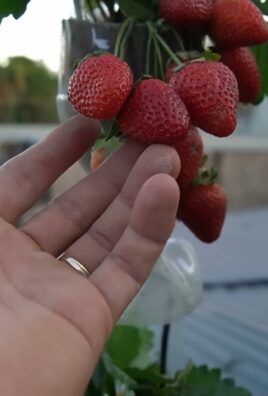
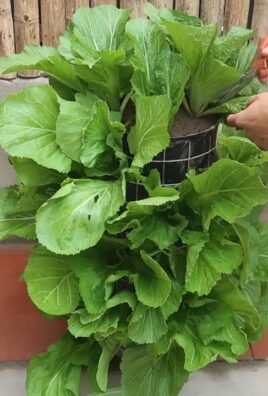
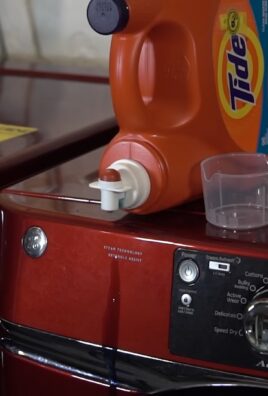
Leave a Comment